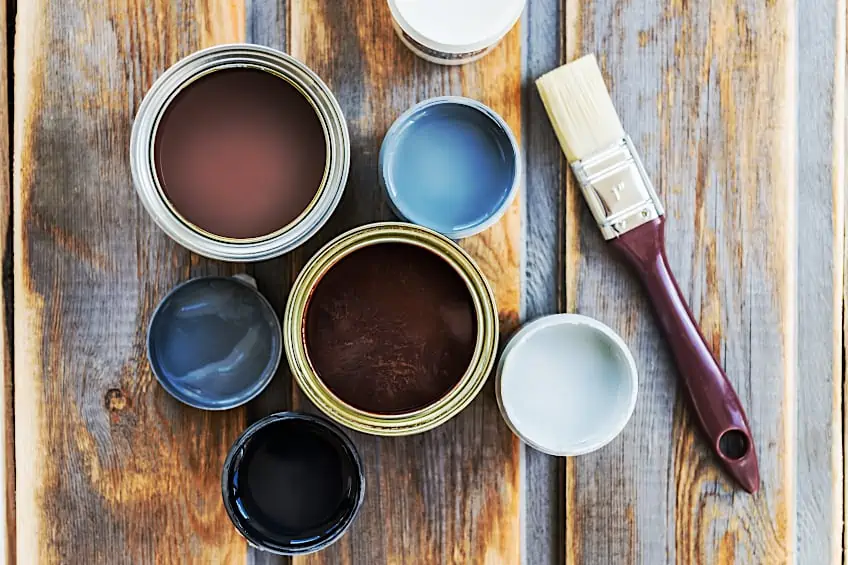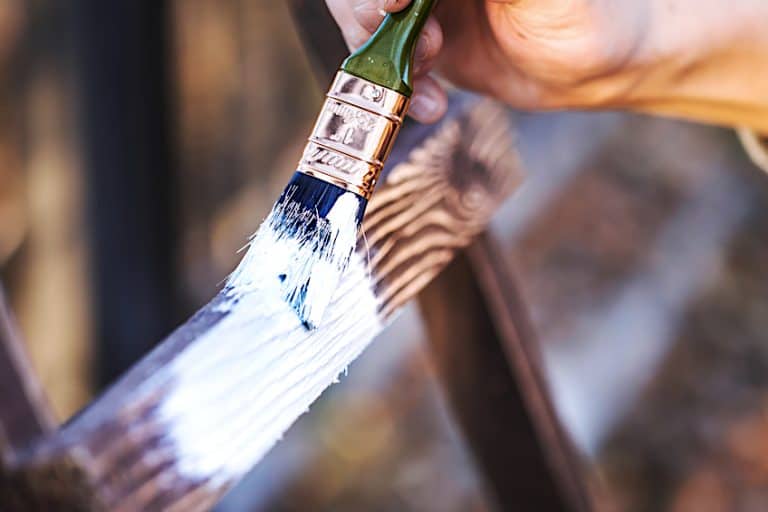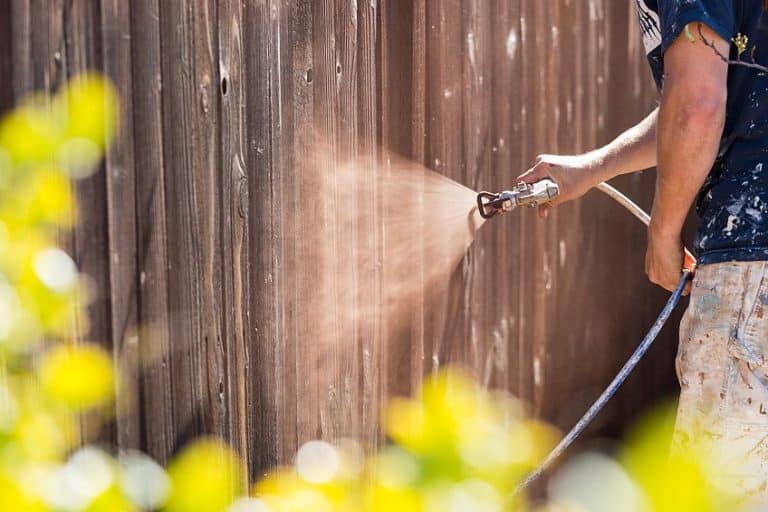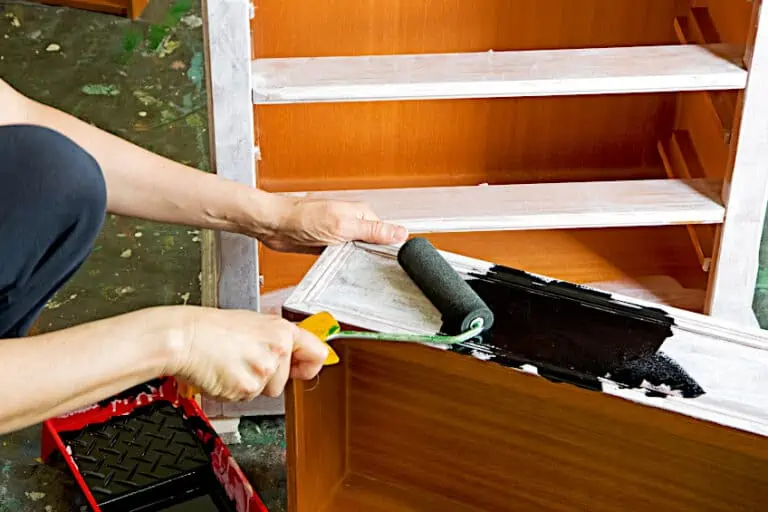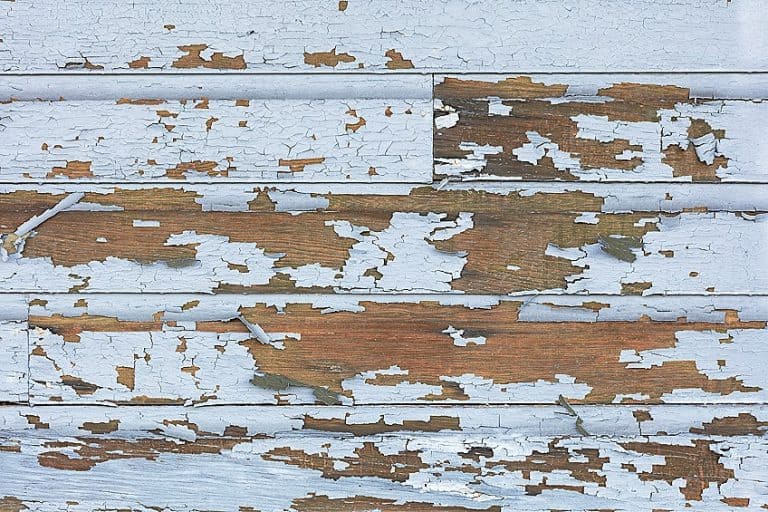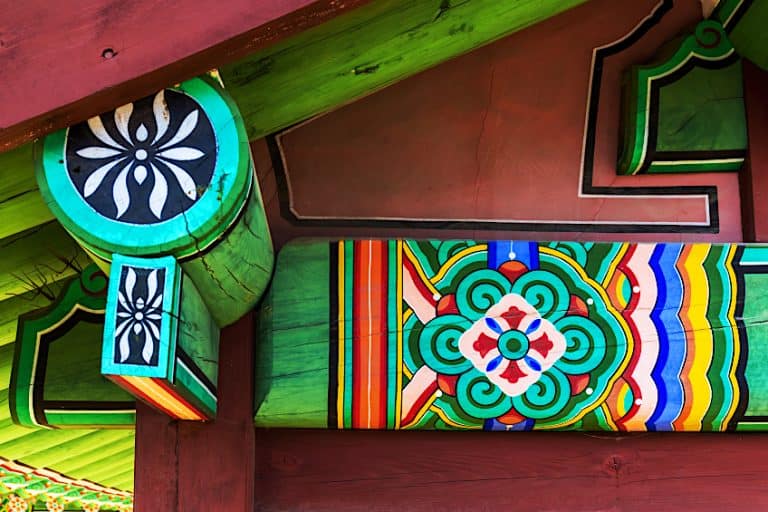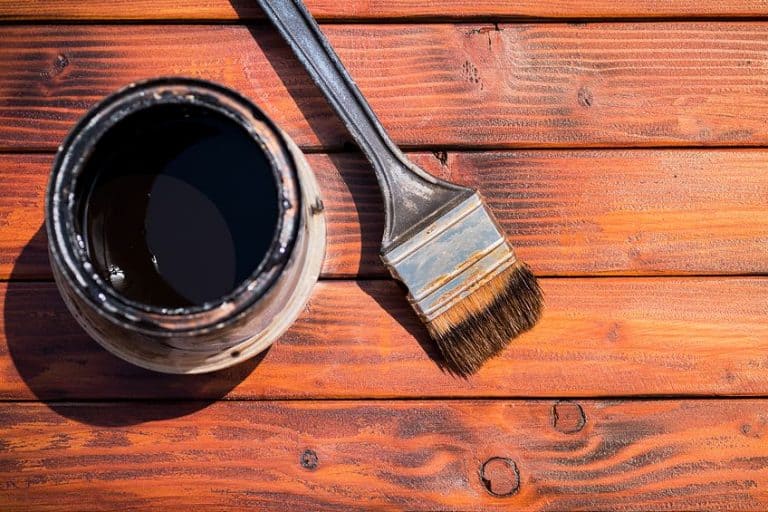Staining Birchwood – How to Stain Birch Plywood
When starting a project there are lots of wood types to choose from. It can be really frustrating trying to choose a wood that not only fits the feel of your imagined outcome but one that is durable and sturdy enough for the task at hand. In recent years, engineered woods have come a long way and have taken over the mass production industry due to their ease of use, minimal manufacturing costs, extreme durability, and versatility. Birchwood is one of these wood types, but what exactly is birch wood? How do you choose a good one? What can it be used for? Let’s have a look at this seemingly miracle material and find out!
Table of Contents
What Is Birchwood?
It’s fairly likely that at some point in your life you have come across plywood in some way, shape, or form. At its core, Birchwood is a very popular type of plywood that can be found virtually anywhere that furnishings are produced, or where a classy, yet durable finish is needed. Birchwood as a block of natural wood is not as commonly found around lumber yards as it used to be, rather engineered woods with a Birchwood veneer are.
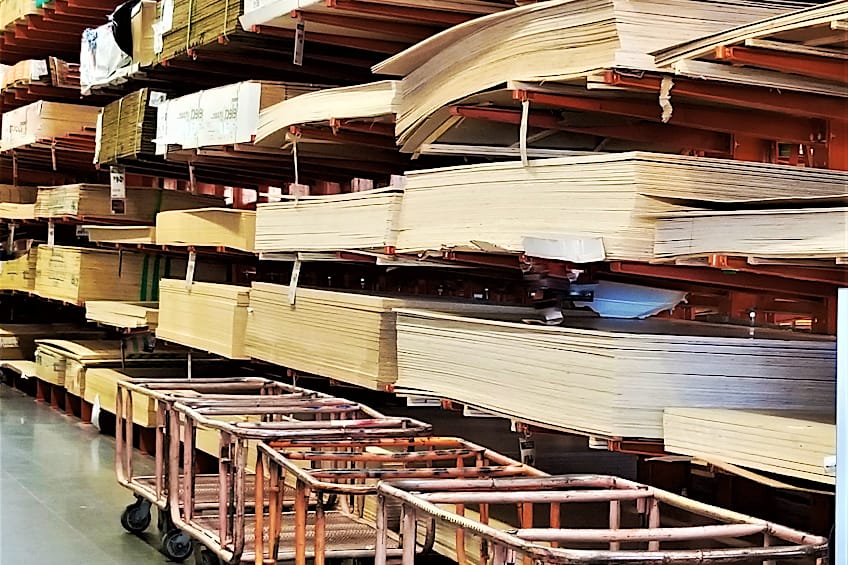
What makes this type of plywood so popular though? Well, one of the most popular characteristics of Birchwood is that it comes in a variety of colors that can be mixed and matched to fit a particular application. This means that they have quite a wide aesthetic range which professional interior designers and DIY weekend warriors alike have been able to exploit for nearly every application under the sun.
Birchwood is also quite popular due to it being readily available in nearly every state (especially the Birchwood veneer), and because this veneer is so readily available and cheap to manufacture, it is also quite cheap to buy.
So, what happens when the wood is cheap, really good quality, and readily available practically everywhere? Well, people start buying by the ton of course! The color spectrum birch veneer is manufactured in ranges from a cream color to a nearly golden brown which is perfect for tables, counters, flooring, doors, and everything in between, although it is worth mentioning that the more popular the color you’re looking for the more you’ll likely end up paying (supply and demand as usual).
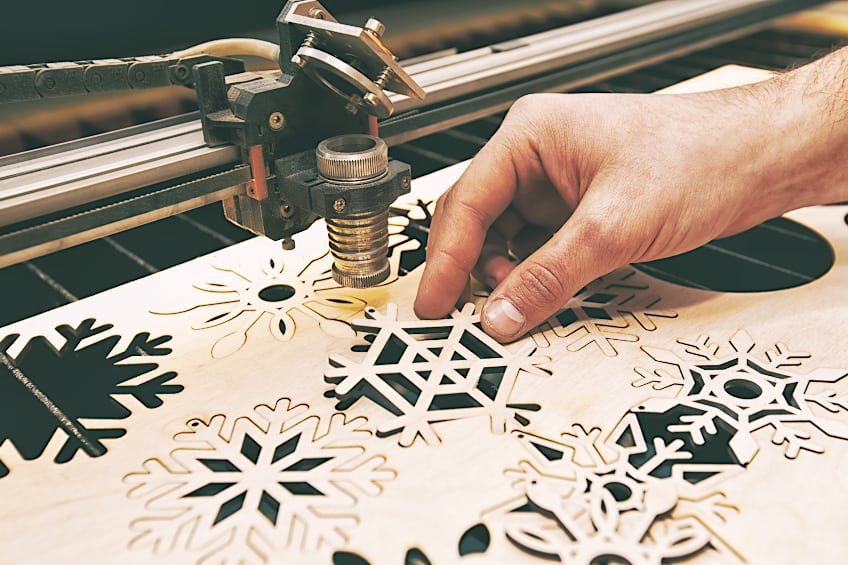
Birchwood has an above-average tensile and shear strength too, so it’s not all show and no go like other engineered woods on the market, although we would not recommend using it as a load-bearing material in your home. Birchwood does vary in appearance depending on where you’re buying it, it is still priced according to the grade of the material like any other engineered wood out there, therefore most suppliers will stock a mid-level quality to appeal to the widest market. Why mid-level and not high-end you ask?
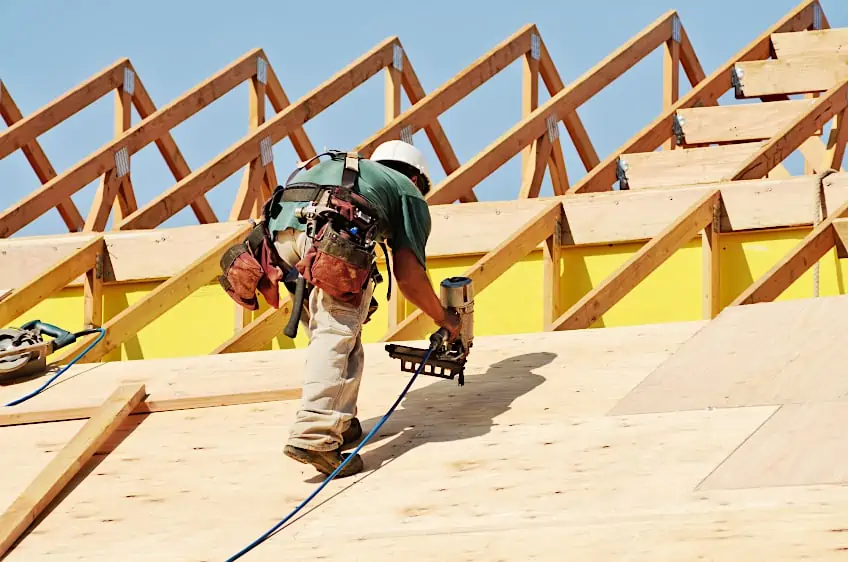
Well, most consumers prefer being able to resurface their Birchwood board, therefore many people would prefer not paying for a high-end Birchwood board with a flawless surface if they’re going to be scuffing it up at home in a few hours before they paint or stain it. This does not mean that some suppliers don’t carry high-end Birchwood boards for finishing purposes such as cupboard doors or mid-size furnishings such as bedside tables or desks.
There are very few materials that are versatile or as good-looking as birch veneer, so if you have a project in mind that requires some sturdy good looking wood board, why not give it a try? Birch can be stained, painted, embossed, scored, and even bleached if the mood takes you. Besides, there are few materials as affordable or as versatile as this seemingly miracle board
What Are the Characteristics of Birch Wood?
You should have a pretty good understanding of what Birchwood is at this point, and that’s half the battle when it comes to choosing a board for your next workpiece. The other half is knowing the properties of the material you have chosen. Let’s have a look at some of the key properties of Birchwood and some of its properties you can exploit to make your workpiece stronger, more vibrant, and more appealing overall.
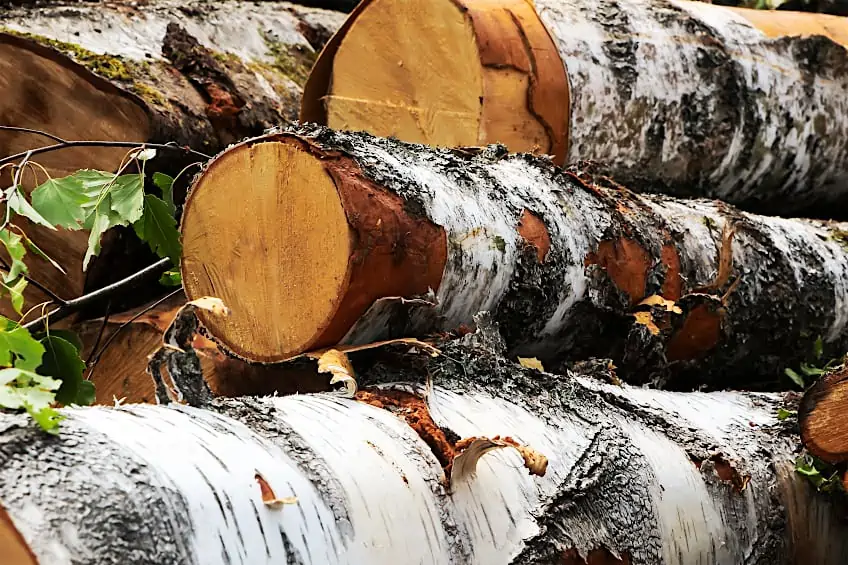
Where Does Birchwood Come From?
Contrary to popular belief, Birchwood (the actual wood and not the veneer) is not actually indigenous to the United States. Birchwood actually hails from the Western central parts of Europe, Asia, and Japan, which is strange considering how popular it is on this side of the pond.
Although it isn’t originally from the U.S, it is grown on American soil which explains why you don’t pay exorbitant amounts for this wood at your local hardware store. Yellow birch, in particular, is grown in controlled quantities on the East end of North America in states like Georgia and stretches as far as Iowa and Minnesota.
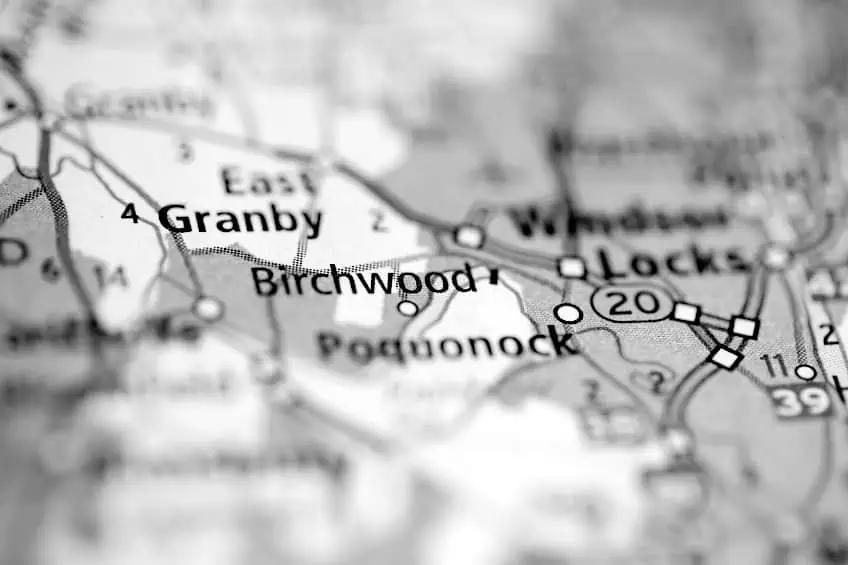
What Are Birchwood’s Key Characteristics?
Birchwood is not particularly heavy compared to other hardwoods in its class, in fact, is quite soft and nowhere near as dense as woods like Pine or Redwood. It is considered by many professional crafters to be a medium-weight wood that happens to be quite a pleasure to work with because of its malleability.
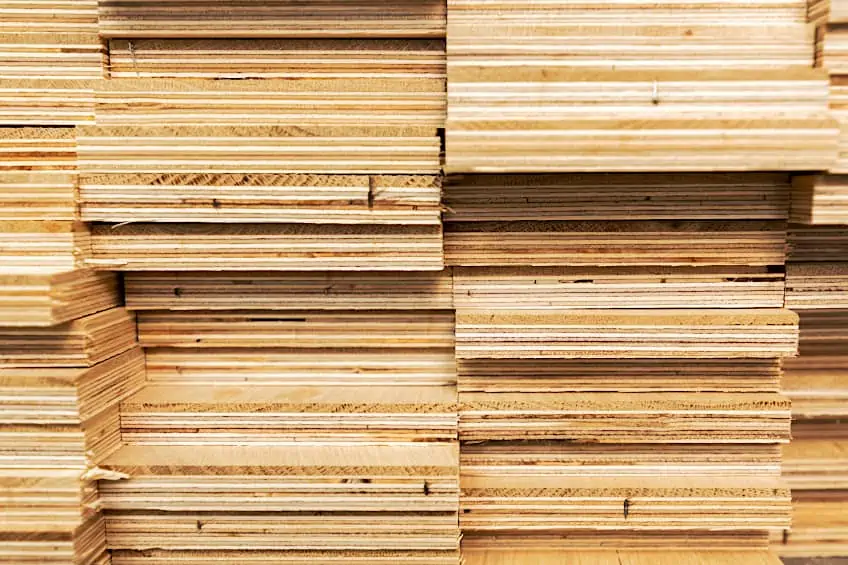
What this translates to is that it is easy to turn, cut, shape, and manipulate to fit different applications, which should come as no surprise considering that you can find Birchwood in forms such as sawn timber, peeled wood, veneer, and/or turned into various furnishings or adornments in all facets of the crafting industry.
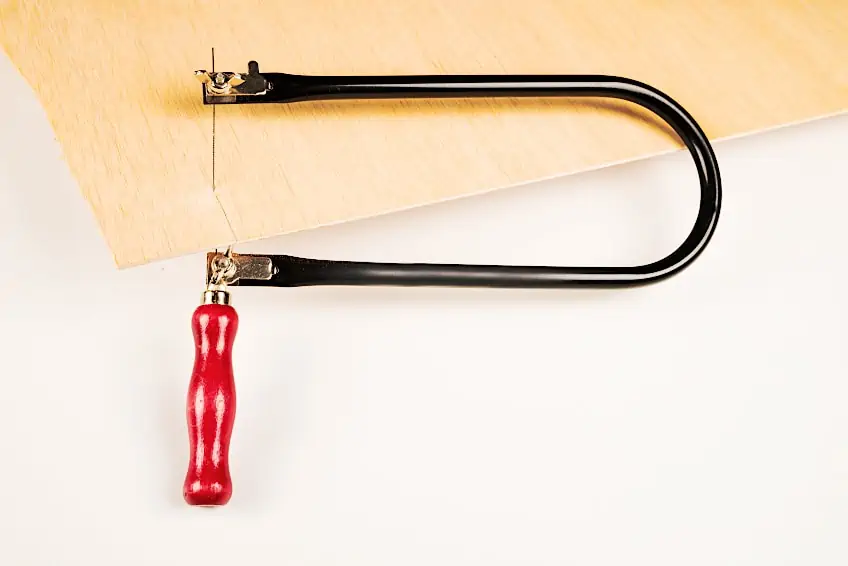
In terms of strength, Birchwood is not particularly strong, although it can handle everyday stresses pretty well when reinforced and treated appropriately. To put this into perspective, you could use Birchwood to make a neat little bench for your garden or deck, but you wouldn’t be able to use it to support a load over prolonged periods of time without it splitting.
How Many Species of Birchwood Exist?
Even though most of us see birch as a wood that can be used to turn up our furnishings, there exists a large number of species of the tree that occupy various regions around the world. Each of these species possesses unique characteristics such as color, strength, pliability, rigidity, and rate of growth which are conducive to their respective applications.
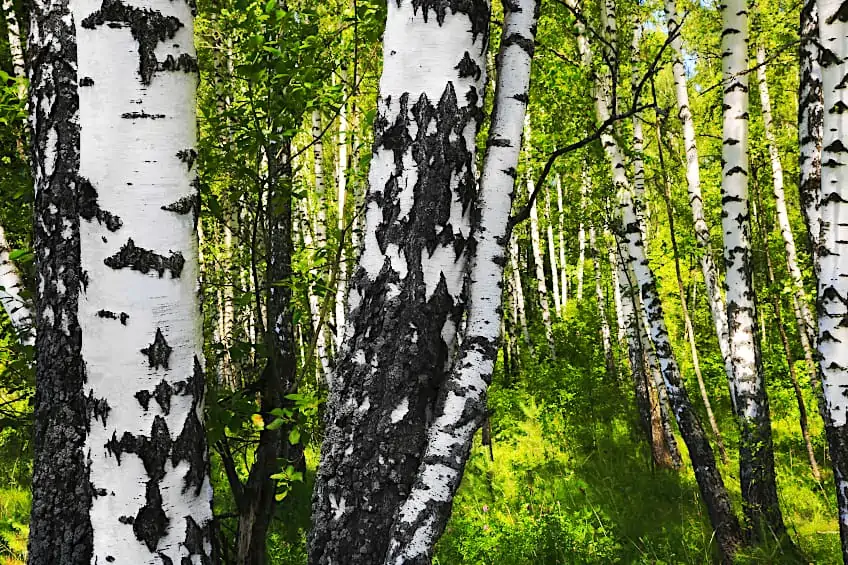
All over the world people use Birchwood native to their region for various purposes and considering that there are over 40 known species of birch in existence, it’s hard to imagine an application where this wonderful wood hasn’t found an application in the lives of their immediate communities.
What Is the Difference Between Staining Birchwood and Other Types of Plywood?
As we mentioned previously Birch isn’t the hardest wood around, and when wood fibers are soft it usually means that the composition of said fibers is quite absorbent. In their natural state (as part of a tree) this characteristic is ideal because it allows for improved water retention, and it allows the tree to bend with strong winds and/other forces that might act on it.
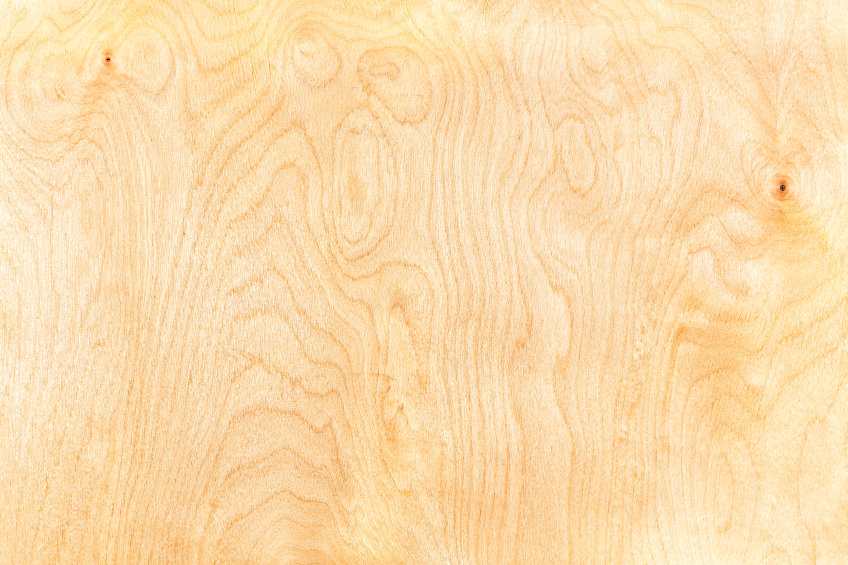
Birchwood’s water retention characteristics tends to work against you when you are trying to apply a surface coating or stain treatment to Birchwood. Staining Birchwood can be extremely challenging if you don’t know how to prepare it correctly, this is because its absorption characteristic tends to sap up all of the stains into the wood’s fibers, which is not necessarily bad, but it is a bit counterproductive to what you’re trying to achieve.
It is for this reason that when staining Birchwood you should prepare as best you can, after all, you wouldn’t want to waste your wood stain or saturate the wood fibers to the point where all you’re left with is a moderately heavier piece of board. If you have ever stained wood before, whether it be engineered wood or solid board, you might be asking yourself why these wood types don’t have the same drawback.
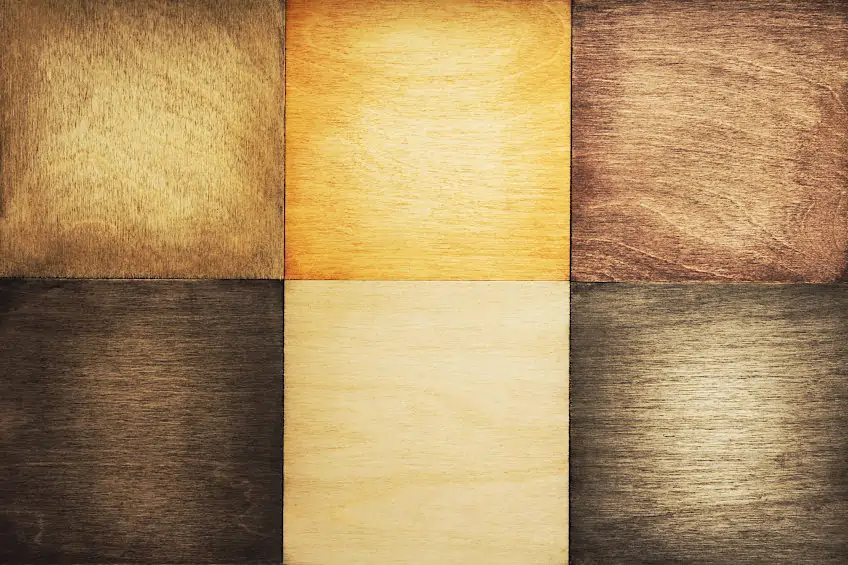
The answer is that all wood, whether engineered or solid, has an absorption threshold, the only difference between these and Birchwood being that theirs is significantly less, although there are other wood types that also require additional treatment before that can be coated or treated. It is for this reason that you should always ensure that you know the characteristics of the wood you are working with, especially if your project is of a time-sensitive nature.
Woods That Accept Stain Well
Staining birch plywood can be challenging especially if you don’t have the time or resources to do so. At the end of the day, we all have to work with materials that are readily available and fit our budget best. This being said, here are if you find yourself thinking twice about staining birch plywood, here are a few other wood types that tend to accept wood stains relatively well.
| Type Of Wood | Does It Accept Wood Stain Well? |
| Oak Wood | ✔ |
| Cedar Wood | ✔ |
| Ash wood | ✔ |
| Chestnut Wood | ✔ |
| Birch Wood | ✘ |
| Maple Wood | ✘ |
Some of the woods mentioned above that accept wood stain and other treatments well have quite large pores and are typically harder than Birchwood. This means that their rate of absorption and the quantity needed to stain them is significantly less compared to the aforementioned. While Birchwood might not be the easiest to stain, it is by far not the hardest, and if you’re willing to put in the elbow grease, you’ll likely find yourself pleasantly surprised with the outcome.
Which Types of Stain Work Best on Birchwood?
As we mentioned previously, certain types of wood don’t accept stains particularly well, and wood has been around for quite some time. It should come as no surprise then that some manufacturers have taken it upon themselves to create special types of wood stain specifically designed to treat these types of wood. This being said, which types of stain work best when staining birch ply? Let’s have a look at some birch stain products and how they can make your time staining birch ply that much easier.
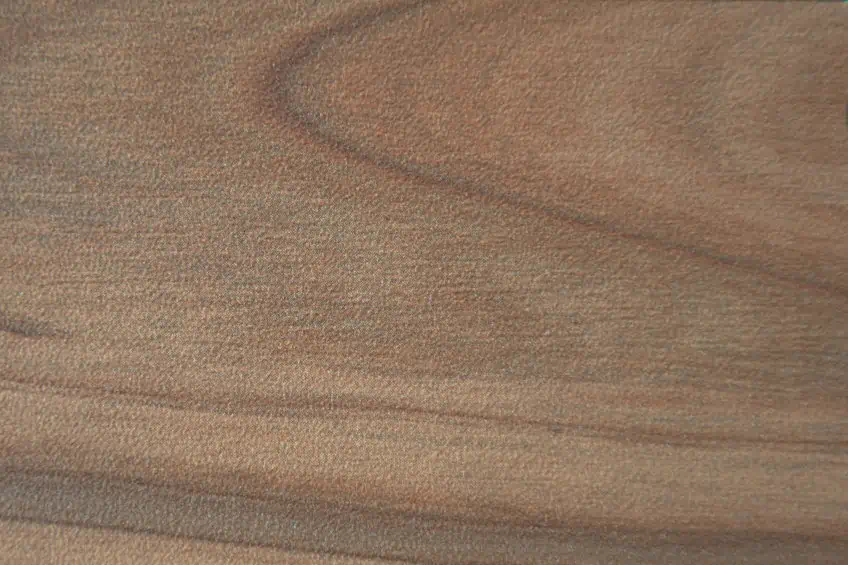
Oil-Based Stain
Oil-based stain does in fact work on Birchwood, although you might have some trouble using it compared to using this type of stain on other types of wood. Why? Oil-based stains are widely regarded as the best type of stain to use on any wood not only because of the vibrant color they provide to the surface but because of the protection it provides to the wood’s surface and inner fibers.
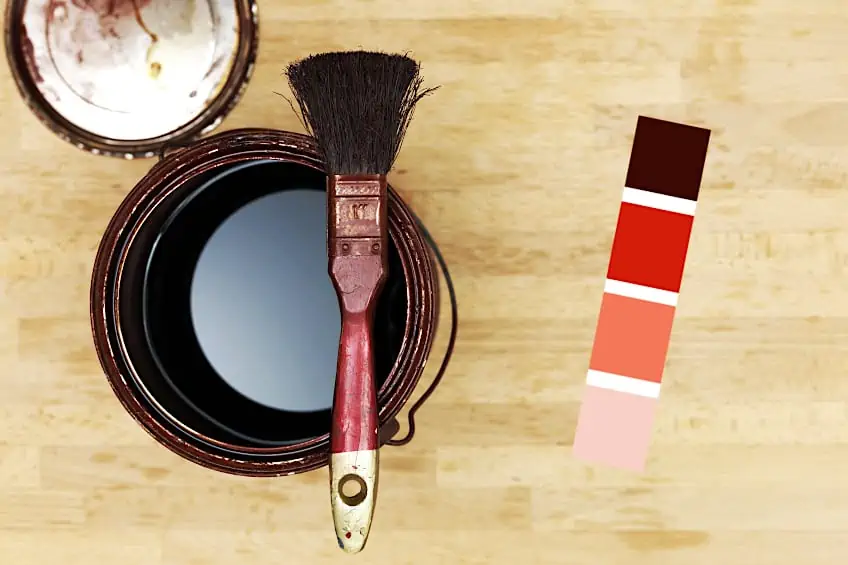
Using oil-based birch stain can be a bit tricky because of the thicker consistency of this type of stain, although, if you are willing to put in the work and have patience, you can end up with a beautiful workpiece with color that sets it apart from other workpieces.
Gel-Based Stain
Gel-based stain is popular among many craftsmen because of its affordability and its ease of application. This type of stain is relatively new in the crafting world, but its popularity has made it a fan-favorite among the community. This doesn’t count for much when it comes to Birchwood though, the gel-based stain still requires that the board undergo quite a bit of preparation before it can be applied, and therefore it is by far not the most conducive to the birch staining process.
This being said, using gel-based stain on Birch is not an impossible task, and if gel stain is all you have on hand and you’re in a pinch, we recommend simply putting in the elbow grease and having a bit of patience with your workpiece.
Water-Based Stain
Water-based stain is by far the best choice to go with when you are dealing with Birchwood. Why? Well, as we mentioned previously, Birchwood is unique in its composition due to it having really small pores and highly absorbent wood fibers compared to other woods in its class, therefore in order to stain birch, you need a stain with appropriate viscosity.
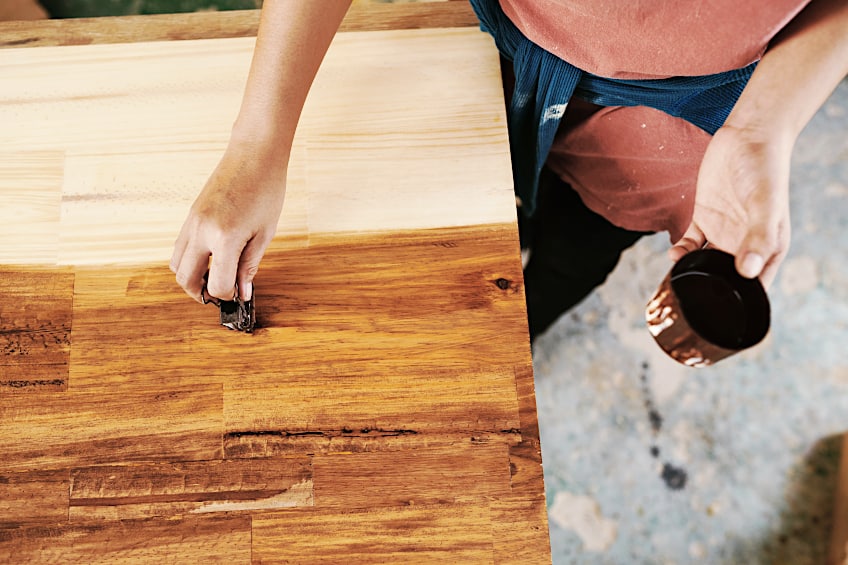
In this case, the ideal tool needed to stain birch would have to be a water-based wood stain as it allows for absorption but ultimately still has the desired effect due to the manner in which it binds with the wood’s fibers.
This is then, the best stain for Birchwood on the market, and because minimal preparation is needed compared to other types of wood stain, it will ensure that you don’t spend hours upon hours applying and reapplying wood stain. Water-based wood stain (among being the most ideal for staining Birchwood) is also one of the most affordable types of wood stain on the market.
There are other types of wood stain on the market which are derivatives or have elements of the types of stain we mentioned above. If these have caught your eye and you’re wondering whether they would work on your Birchwood workpiece, have a look at the table below to see if they work well on Birchwood and subsequent Birchwood veneer.
| Type Of Wood Stain | Does It Work Well on Birchwood? |
| Oil-Based Stain | ✘ |
| Gel-Based Stain | ✘ |
| Water-Based Stain | ✔ |
| Water Soluble Dye Stain | ✔ |
| Wood Varnish | ✘ |
How to Stain Birch Plywood
As we mentioned previously, staining birch plywood can be a bit tricky as the wood needs to be prepared adequately before it can be stained. Let’s have a look at the best ways to go about preparing and staining your Birchwood, whether it be solid lumber or veneer. A key point to remember when staining Birchwood is that it requires patience, so do your best to relax and enjoy the process.
Prepare Your Workspace
Working with wood stains can be a messy endeavor. Ensuring that your workspace has been prepared adequately can save you a lot of clean-up time later, and more importantly, it will protect any surface you don’t want the wood stain to get on to.
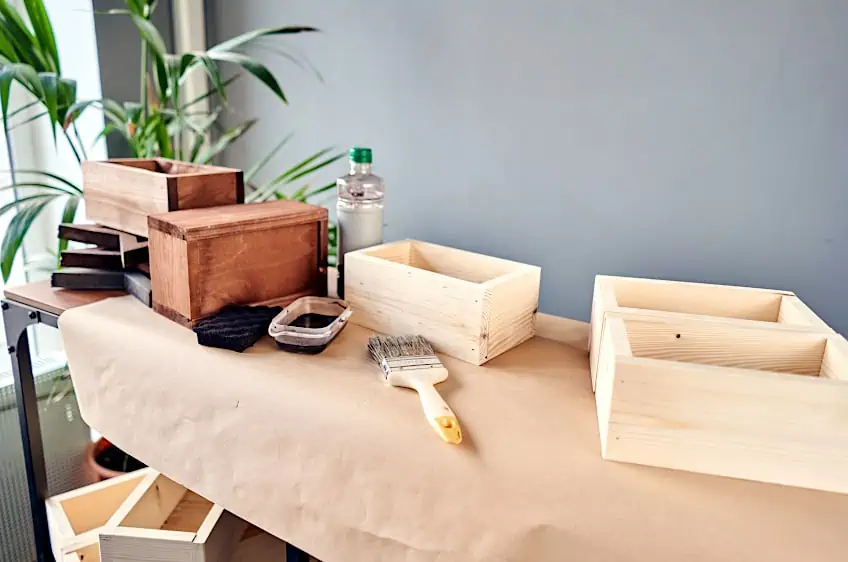
It’s a pretty good idea to lay down some tarp or newspaper on your workbench or floor depending on the size of your workpiece. Next, do yourself a favor and use some painter’s tape to seal off any part of your workpiece you don’t intend on staining.
Next, prepare your tools, these being your sandpaper, wood stain, brushes, rags, pre-stain, and sealer. Placing these tools on the side of your dominant hand near your workpiece is a great time-saver, this ensures that you always know where they are and that you can simply place them back there when you’re done using them.
Finally, prepare yourself by ensuring you have the appropriate personal protective gear on, namely a face mask, some gloves, and some clothes you won’t miss too much should you get any wood stain on them. Also, ensure that your workspace is well ventilated, as the wood stain can produce some nasty fumes and the last thing you want is to pass out while working.
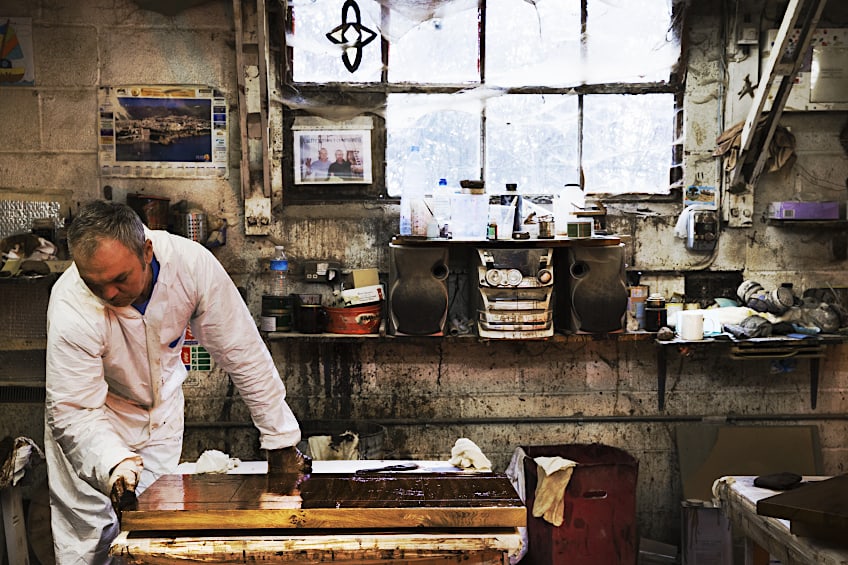
Sand Your Workpiece
This will vary depending on whether you are working with veneer or solid wood. This doesn’t mean that one requires sanding, it simply means that the degree to which you’ll need to sand the surface of the board will vary.
If you are working with Birchwood veneer using some sanding paper on the surface until the wood fibers are exposed is good enough, whereas working with solid Birchwood might require you to get out a power sander. In either case, the goal is to make the surface nice and smooth while simultaneously ensuring that enough of the wood’s fibers are exposed for the next step in the process.
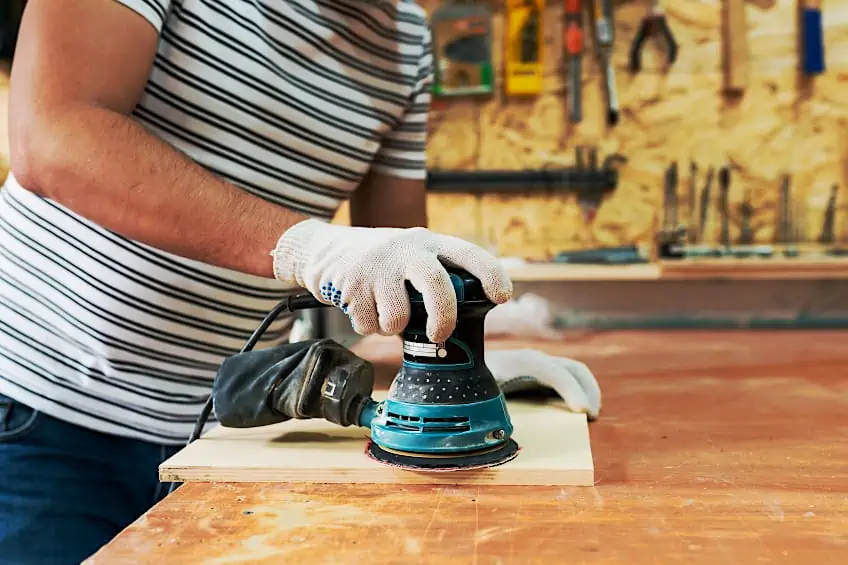
Birchwood is relatively soft so you should be able to do this fairly easily, although, if you have a particularly difficult specimen a neat trick to use is wetting the wood slightly to soften it up a bit. If you intend on using a darker wood stain this will also help the finish look a lot smoother compared to just using the stain itself. Once you’re done sanding the surface of the wood, ensure that you remove any loose wood fibers and that the surface is free of any debris before moving on to the next step in the process.
Pre-Stain Your Workpiece
Even if you have the best stain for Birchwood out there, it won’t help much if you don’t prepare the wood adequately. An important part of this process is applying a pre-stain conditioner to the wood. As we mentioned previously the challenging part about staining birch plywood is that it absorbs the stain quite quickly, this results in a rather blotchy finish which might have you applying more than one coat of wood stain.
Even this might result in a poor finish, therefore we recommend applying the pre-stain in order to prepare the wood fibers to accept the stain. Applying the pre-stain is pretty simple, just get your brush out and apply it to the surface of the wood as you would with a regular wood stain. Use your brush to lather the surface with the coating, painting along the length of the board to ensure that the entirety of the surface you will be staining is treated with the pre-stain.
Once your pre-stain has been applied, allow it to set and cure for the manufacturer’s recommended time period before moving on to the next step in the process. A good thing to keep in mind is the density and size of your workpiece, this should give you a good idea of how much pre-stain to use on the surface for the best results. If you’re worried about the pre-stain affecting the quality or color of your wood stain, don’t be! Pre-stains are clear and will not affect how wood stain colors the wood in any way.
Stain Your Workpiece
Now for the moment you have been waiting for, it’s finally time to get your hands dirty. We mentioned previously that water-based wood stain is pretty much the best choice you can make when attempting to stain Birchwood. This being said, if you have your water-based stain ready, let’s get started.
The answer to the question “how to stain birch plywood” is a simple one: stain slowly and methodically. Start by getting your wood stain on your brush and applying along the length of the board the same way you applied the pre-stain, once the length of the board has been coated you might notice that the wood stain has pooled in some areas and not in others. Did you do a bad job at sanding?
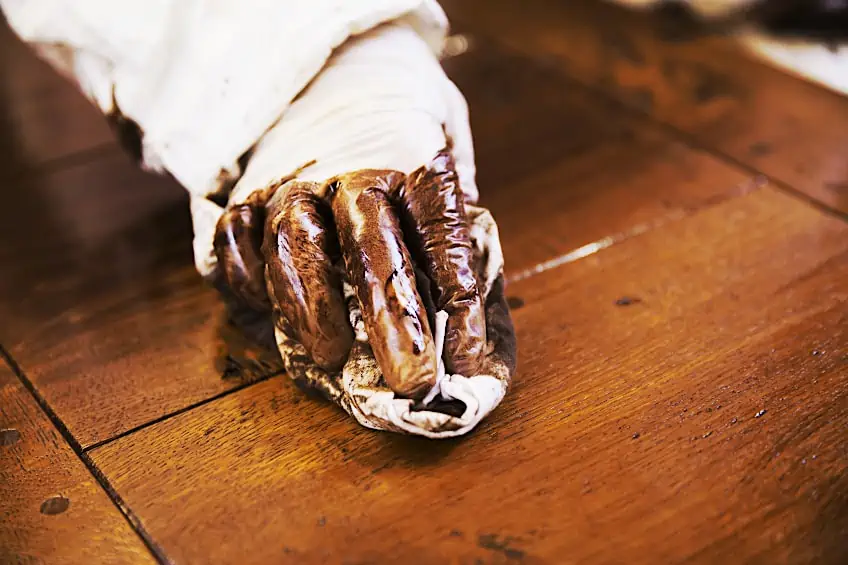
Maybe, but it’s likely that the immediate surface of the wood is denser in some areas than in others. Not to worry though, simply, take a clean cloth and dab the areas where the wood stain has pooled, and while you’re there you have the option to help the staining process along by blending the stain with areas that are visibly lighter with those that are a bit too dark, just make sure not to press too hard to avoid an odd-looking finish.
Once you have successfully applied your wood stain and allowed it to set for the manufacturer’s recommended time period, give it a once-over with a clean rag before continuing to the next step in the process.
Seal Your Workpiece
The hard part is over, and you can rest easy knowing that you have successfully done what few even attempt! The jobs are not over yet though. Adding a sealer to your workpiece not only provides a nice glossy aesthetic, but it adds a layer of protection to the surface of the board that will serve you well in the future.
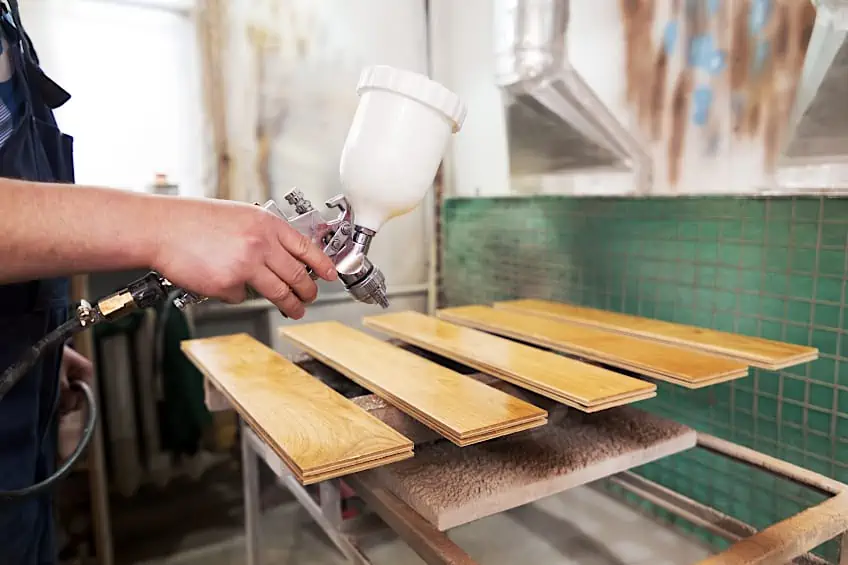
A good sealer for Birchwood typically isn’t that hard to find, and they often come in the form of a spray can or a container that you can apply conventionally. This is a no-brainer, simply apply the sealer of your choice along the grain of the wood and allow it to set for the manufacturer’s recommended time period.
Now that you know how to stain birch, what Birchwood is, where Birchwood can be found, and what the best type of stain for birch is, it’s time for you to go out and put your newfound knowledge to the test. Remember that even though Birchwood takes a bit more time to stain and prepare compared to other solid wood and veneers, it’s worth the wait if you’re willing to put in the elbow grease.
Frequently Asked Questions
How to Stain Birch?
The question is not so much how to stain birch but how to prepare birch. Birchwood is a notoriously difficult wood to stain, but it can be done with the right preparation and some patience. The key to staining birch is to sand thoroughly and use a pre-stain before you get to the actual staining. Remember to be careful and use a rag to blend the stain as evenly as possible before allowing it to set in completely.
Which is the Best Birch Plywood Finish?
The best birch plywood finish is arguably wood stain. Why? There are a number of finishes that offer a great finish, but the best finish is often the one that not only offers a great finish but protection for your workpiece. This is why stain is objectively the best choice, as it protects your wood from water damage and insulates it from splitting due to excessive exposure to heat.
Can You Stain Plywood?
Although it might seem a bit silly if you have never done it before, it is completely possible to stain plywood. Plywood is simply a combination of one or many types of wood that have been layered on top of one another, although the manner in which certain woods can be stained effectively can vary considerably.

I have been into woodworking since 2005 and woodturning since 2011. Because of my love for wood and woodworking, I started woodhappen.com to teach other enthusiasts about how to finish and seal wood, the best woodworking tools, the different types of wood, and everything else related to woodworking! Read more about me here.

